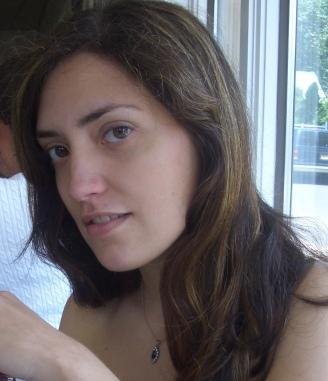Ice-Nine for Proteins
The BBC reports that researchers at Imperial College and the University of Surrey have found a material that can initiate formation of high quality protein crystals. The article emphasizes the finding's potential applicability in drug discovery but cautions that it isn't "one size fits all proteins".
I've really just scratched the surface in terms of my reading list, but it's not often I come upon an orphan news story. Perhaps this is a bit esoteric for the rest of the mainstream media outlets, but I was also curious why the report did not come out in January, which is when the article was published in PNAS. There's nothing the BBC says to suggest there's been any new advance since then.
Chayen, N.E.; Saridakis, E.; Sear, R. P. PNAS 2006, 103, 597-601.
*****Protein X-Ray Crystallography in a Nutshell*****
A protein crystal is a repeated array of a protein molecule, packed together in a regular pattern. Scientists in the field of x-ray crystallography bombard protein crystals with radiation and then determine the protein's 3D atomic structure.
This isn't trivial; proteins contain thousands of atoms. Nowadays, computers do much of the heavy lifting in terms of the math involved, but crystallographers guide the process the whole way through.
(See Dylan's blog for a snippet of a "classic" crystallography paper. It was a lot harder back in the day. That was just ONE AMINO ACID!)X-ray crystal structures of proteins can tell scientists how an enzyme works or how proteins interact with one another. Since these structures reveal the nooks and crannies of these proteins, they allow researchers to sculpt drug candidates that fit the mold.
*****
The BBC tidbit was near and dear to my heart, because when I was an undergraduate, I worked on part of my thesis research in a protein crystallography lab at a nearby pharma company. Though I'll be the first to admit that crystallizing an already-solved enzyme with a point mutant near the active site (a place less likely to perturb crystal packing) isn't the most challenging of projects, at the time I was really proud of having accomplished a little body of work that WORKED and provided some useful information.
My understanding is that crystallization remains the rate-determining step of solving structures. Rock candy this ain't. Any advance that provides a better microscopic picture of nucleation, the starting point for crystal formation, is going to be very helpful in the quest to crystallize "stubborn" proteins. It's known that introducing an external solid into the crystallization "broth" can produce better-ordered crystals. The material Chayen et al. found works because it has a wide distribution of pore sizes and shapes, making it more likely that a given pore will convince protein molecules to stick around and nucleate. If I had more time on my hands, I would check up on the proteins they crystallized using their method and see how diverse they are, or if any were known to be particularly challenging by traditional methods.
PS: The title refers to a material made up for Vonnegut's "Cat's Cradle". Ice-nine was supposed to be a high-melting allotope of water that would act as a "seed crystal" and instantly solidify your afternoon tea, and even (for those with visions of world domination) entire bodies of water.
Labels: literature


1 Comments:
Great blog Carmen! I'll have to look that article up. If only Kevin Spacy had referred to ice nine as he dropped kryptonite crystals into the sea.
Post a Comment
<< Home